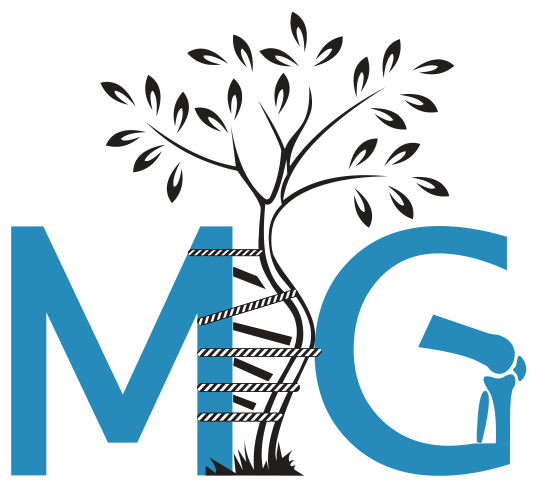Three-dimensional printers (3D printers), additive manufacturing model or rapid prototyping are of the revolutionary technological developments that we have started to hear frequently. According to some, these mark even the beginning of the 3rd industrial-industrial revolution. This technology, which has been used as an active production method in many different fields from aerospace and aviation technology to the automotive industry, from the construction sector to the food and clothing sector, has also begun to make itself felt in the field of medicine. These machines, in which a part that is imagined or fully compatible with one’s own anatomy can be modeled in a computer environment and transformed into tangible objects at “low cost” in a short time, have now the capacity to produce anatomical models for educational purposes, personalized surgical guides and instruments, personalized implants and even, personalized tissues and organs.
We used this technology for the osteotomy (bone cutting-correction) surgery that we planned on the upper end of the femur (thigh) in our 26-year-old patient who had a deformity in the right hip on the background of developmental hip dysplasia (formerly called hip dislocation). I would like to share with you the adventure of this case, in which we performed after hip arthroscopy a correction surgery with an incision guide that is fully compatible with the person’s own bone anatomy.
